Removing Spent Foxglove Flowers – How Do I Deadhead Foxglove Plants
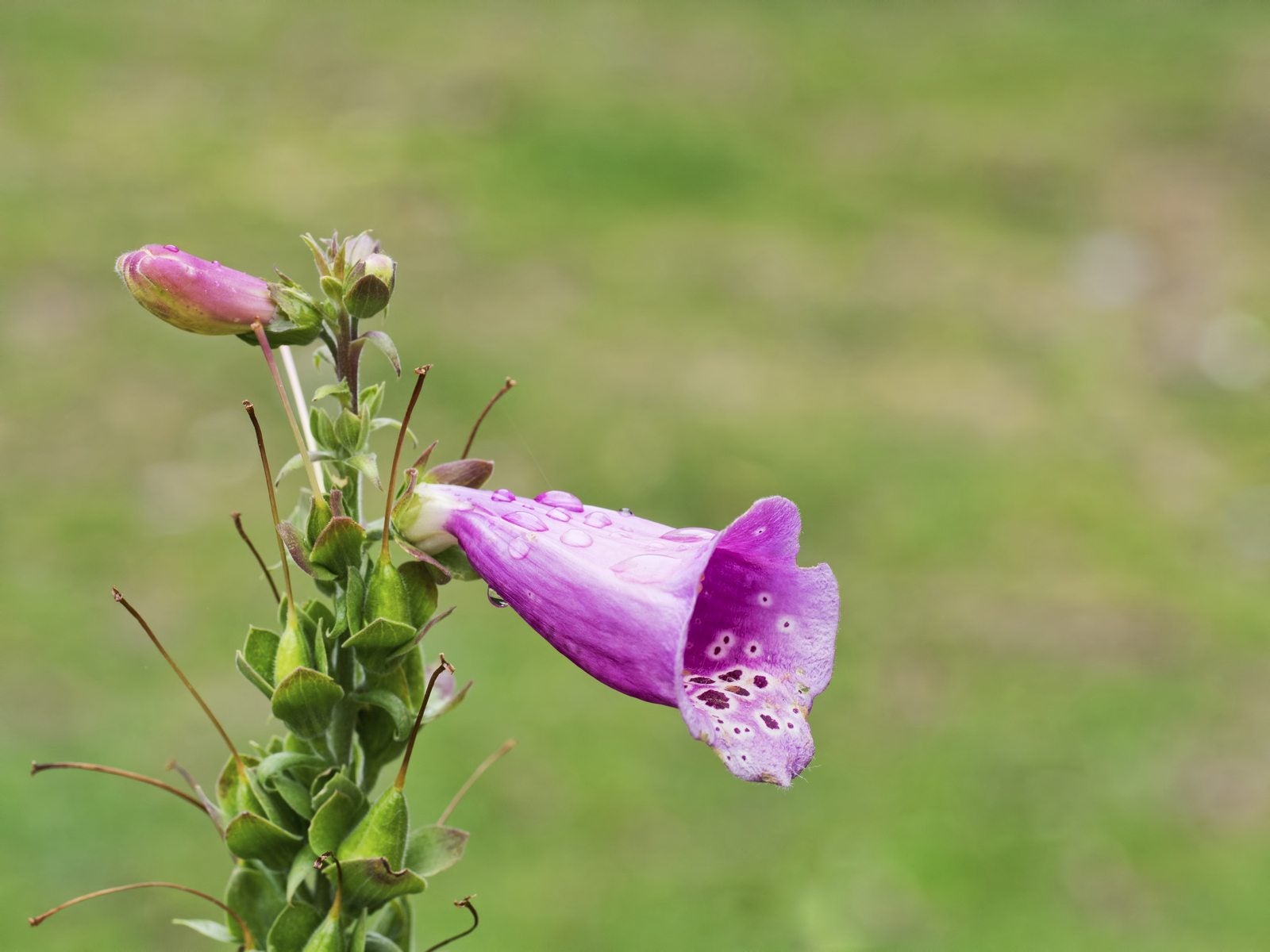

Foxglove is a wild, native plant but also used in perennial displays in the landscape. The tall flower spikes bloom from the bottom up and produce prolific seeds. Should you deadhead foxglove? Unless you want foxglove in every corner of your garden, it is wise to deadhead these lovely blooms. Deadheading foxglove plants can minimize their spread, but it has added benefits as well. Details on how to remove spent blooms follow.
Should You Deadhead Foxgloves?
Most of us are familiar with foxglove, or Digitalis. It has a sinister history as a poison but, today, Digitalis is used in heart medicines. These amazing plants are biennial and bloom in the second year. Creamy white or lavender, bell-shaped flowers tower over the basal rosette. So what about deadheading the plant’s flowers? Removing spent foxglove flowers may encourage reblooming and further enjoyment of the plant late into the season. It is also a way to tidy up the garden and still enjoy the large leaves and statuesque growth form. Many types of plants benefit from deadheading, and foxglove is no exception. Deadheading foxglove plants may be done to remove unsightly finished flower spikes, deter self-seeding, and promote new growth. Occasionally, removing spent foxglove flowers will cause the plant to send up smaller, side flower spikes. There is a school of thought that removing the flowers before seeds set will encourage the plant to bloom again the next year. This is possible, but not probable, as the plants are biennial and die back after the second season is over. In most cases, this isn't a problem, as new rosettes have formed and they will be the bloomers for next year.
How Do I Deadhead Foxglove?
If for whatever reason, you have decided to remove the dead flower spikes, you may be asking, "How do I deadhead foxglove?". The enchanting spikes should come off when 3/4 of the blooms have faded. If you don't care about trying to get the plant to bloom again, simply cut them off to the basal rosettes. Removing the spikes at this time will also prevent reseeding, but you can leave a few spikes on if you want the plants to reproduce or to save seeds. If you are late cutting them back and some seed has formed, place a bag over the flower spike and capture the hundreds of tiny seeds as you cut.
Cutting Back Foxglove Plants
Always use clean, sterilized pruning shears to prevent transmitting plant diseases. Make sure the blades are nice and sharp to prevent injuring the remaining plant material. Grasp the flower stem with one hand and cut it off at a 45-degree angle. This cut should be ¼ inch (0.5 cm.) above the next set of leaves, located below the flowering stem. Be wary of tossing the spikes into your compost heap, as they tend to sprout and regrow in the resulting compost. Spreading that compost around your vegetable garden will very likely result in foxglove flowers crowding out your crops. It is a pretty sight, but not likely to endear them to you if your crops perform poorly.
Gardening tips, videos, info and more delivered right to your inbox!
Sign up for the Gardening Know How newsletter today and receive a free copy of our e-book "How to Grow Delicious Tomatoes".

Bonnie Grant is a professional landscaper with a Certification in Urban Gardening. She has been gardening and writing for 15 years. A former professional chef, she has a passion for edible landscaping.
-
 Looking For Plants To Give You The Soft And Fuzzies? Try These 5 Fuzzy Leaf Plant Options
Looking For Plants To Give You The Soft And Fuzzies? Try These 5 Fuzzy Leaf Plant OptionsLovers of texture, drama, silver foliage and tactile plants will adore these special sensory garden additions. These fuzzy leaf plant options will leave you all aglow
By Susan Albert
-
 Get Ready For A Summer Of Hummers! Grow These Full Sun Hummingbird Plants and Flowers
Get Ready For A Summer Of Hummers! Grow These Full Sun Hummingbird Plants and FlowersIf you’re lucky enough to enjoy a sunny backyard, make sure you are maxing out on your pollinator opportunities and grow these full sun hummingbird plants and flowers
By Tonya Barnett
-
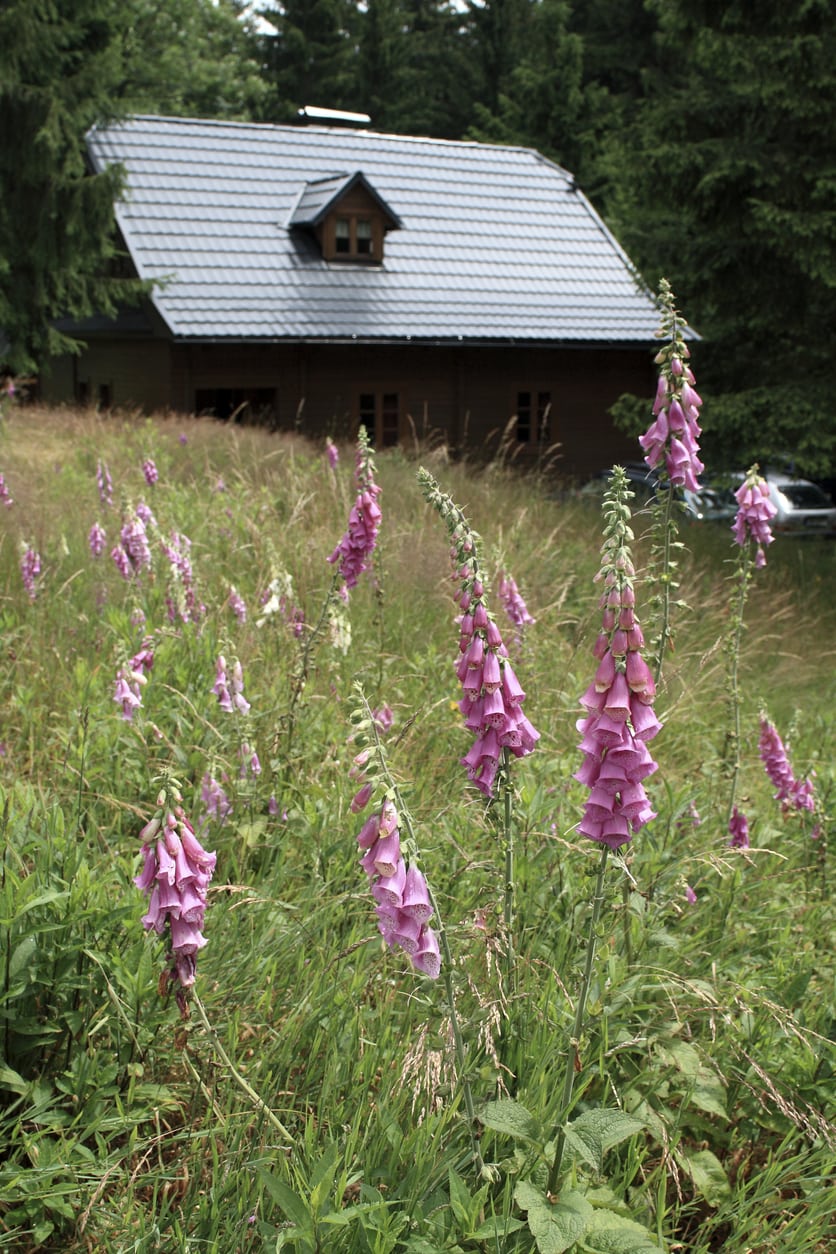 Supporting Foxglove Plants – Tips For Staking Foxgloves That Get Too Tall
Supporting Foxglove Plants – Tips For Staking Foxgloves That Get Too TallDue to the wide variation in available cultivars, many growers may be left wondering about foxglove flower support. Although dwarf varieties of foxglove are very common, others may reach heights as tall as 6 feet (2 m.). Learn more about foxglove plant support here.
By Tonya Barnett
-
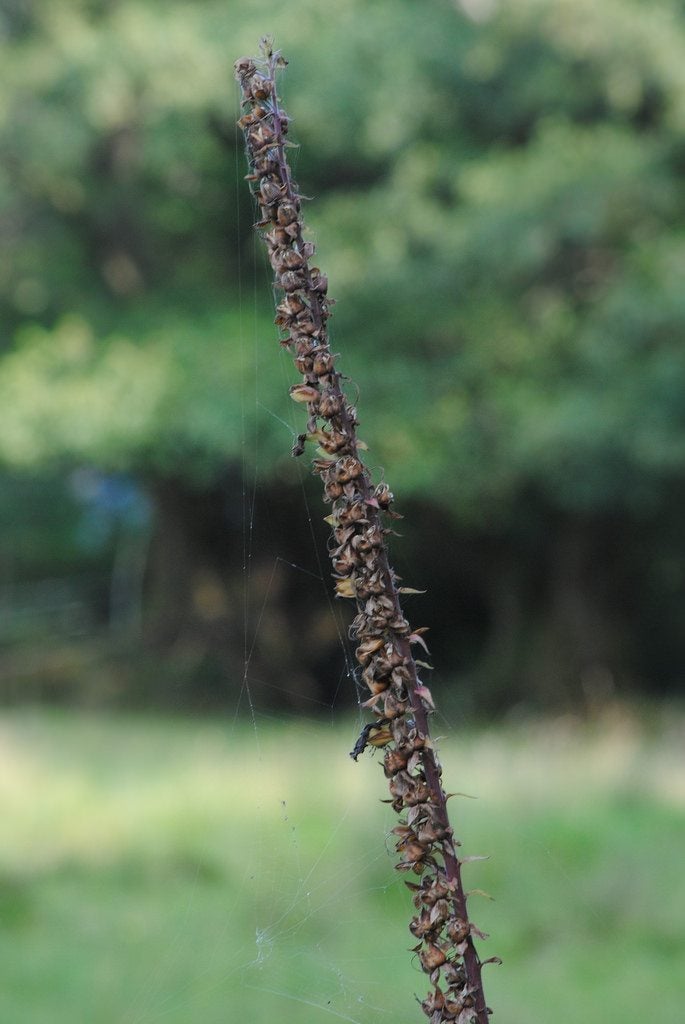 Foxglove Seed Harvesting – How To Save Foxglove Seeds For Next Season
Foxglove Seed Harvesting – How To Save Foxglove Seeds For Next SeasonFoxglove self-sows easily in the garden, but you can also save seeds from mature plants. Collecting foxglove seeds is a great way to propagate new plants for planting in other areas or for sharing with gardening family and friends. Learn more in this article.
By Mary H. Dyer
-
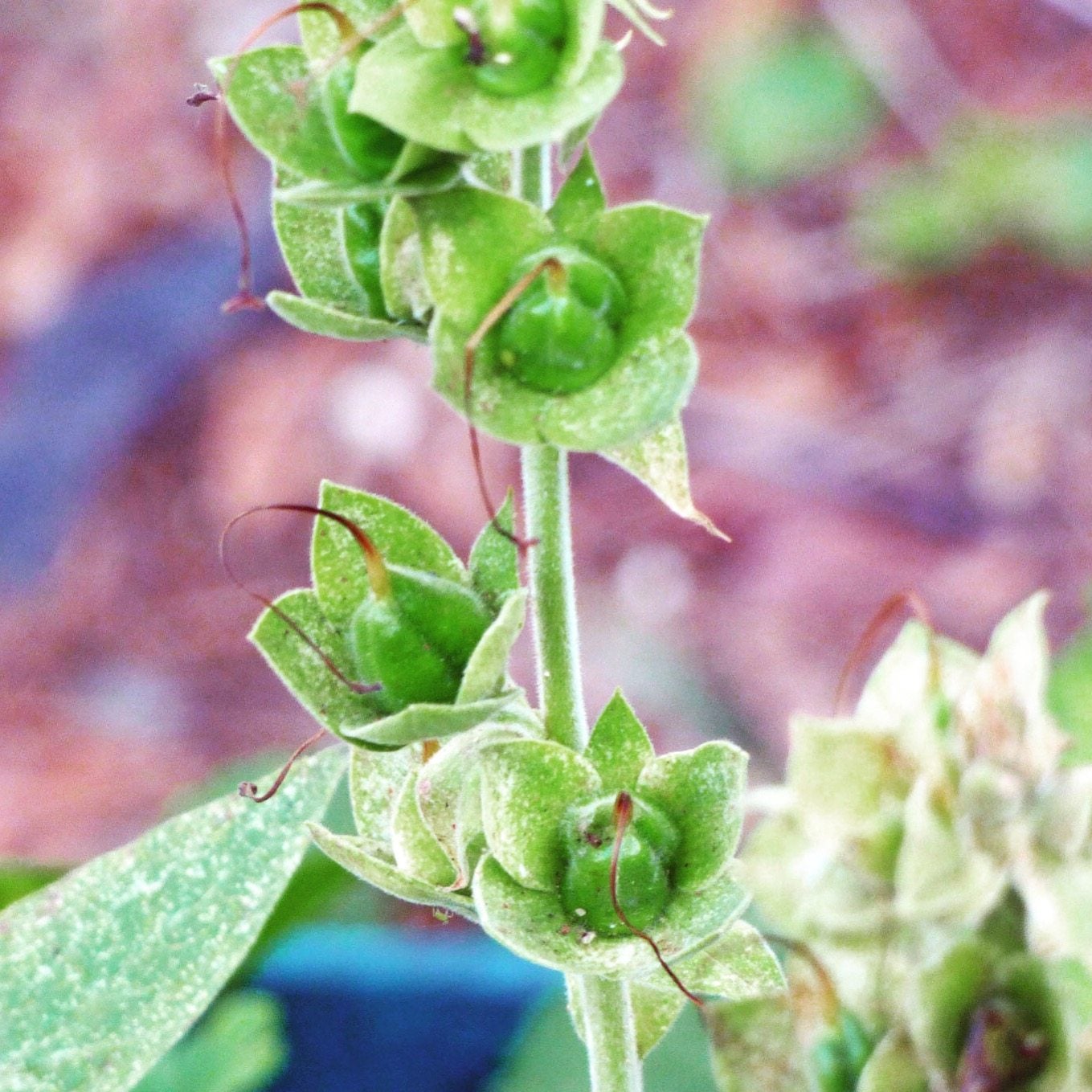 Foxglove Winter Care: Learn About Foxglove Plant Care In Winter
Foxglove Winter Care: Learn About Foxglove Plant Care In WinterBecause of their short life span, foxgloves are planted in succession, so that each season a set of foxglove blooms. However, not preparing them properly for winter can throw this succession planting off. Learn about winterizing foxglove plants in this article.
By Darcy Larum
-
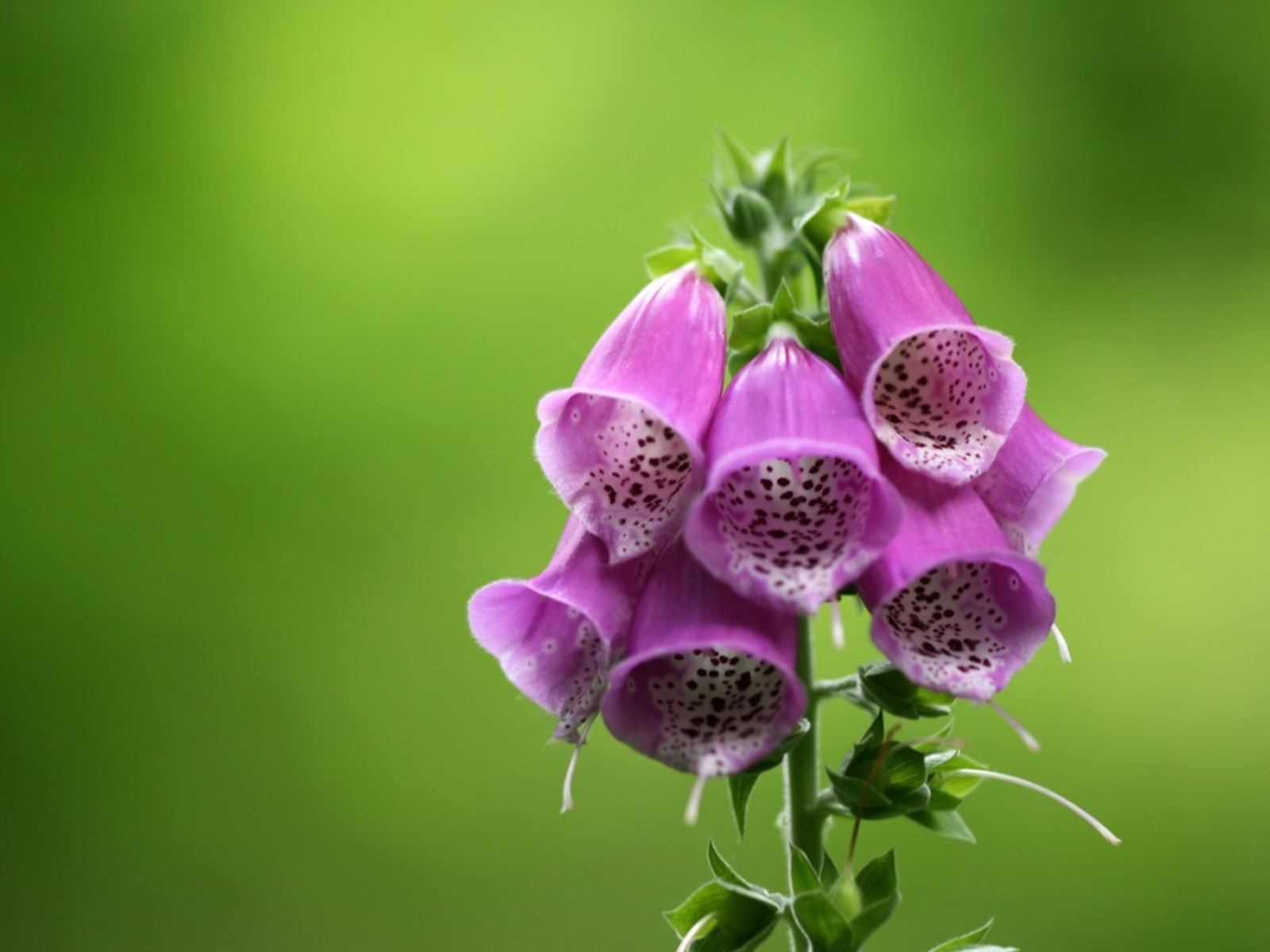 Potted Foxglove Care – Tips On Growing Foxglove In Containers
Potted Foxglove Care – Tips On Growing Foxglove In ContainersFoxgloves are big, beautiful, flowering plants that tolerate shade well. They also do very well in containers, making them perfect for adding volume and color to a shady porch or patio. Learn more about how to grow foxglove in a pot in this article.
By Liz Baessler
-
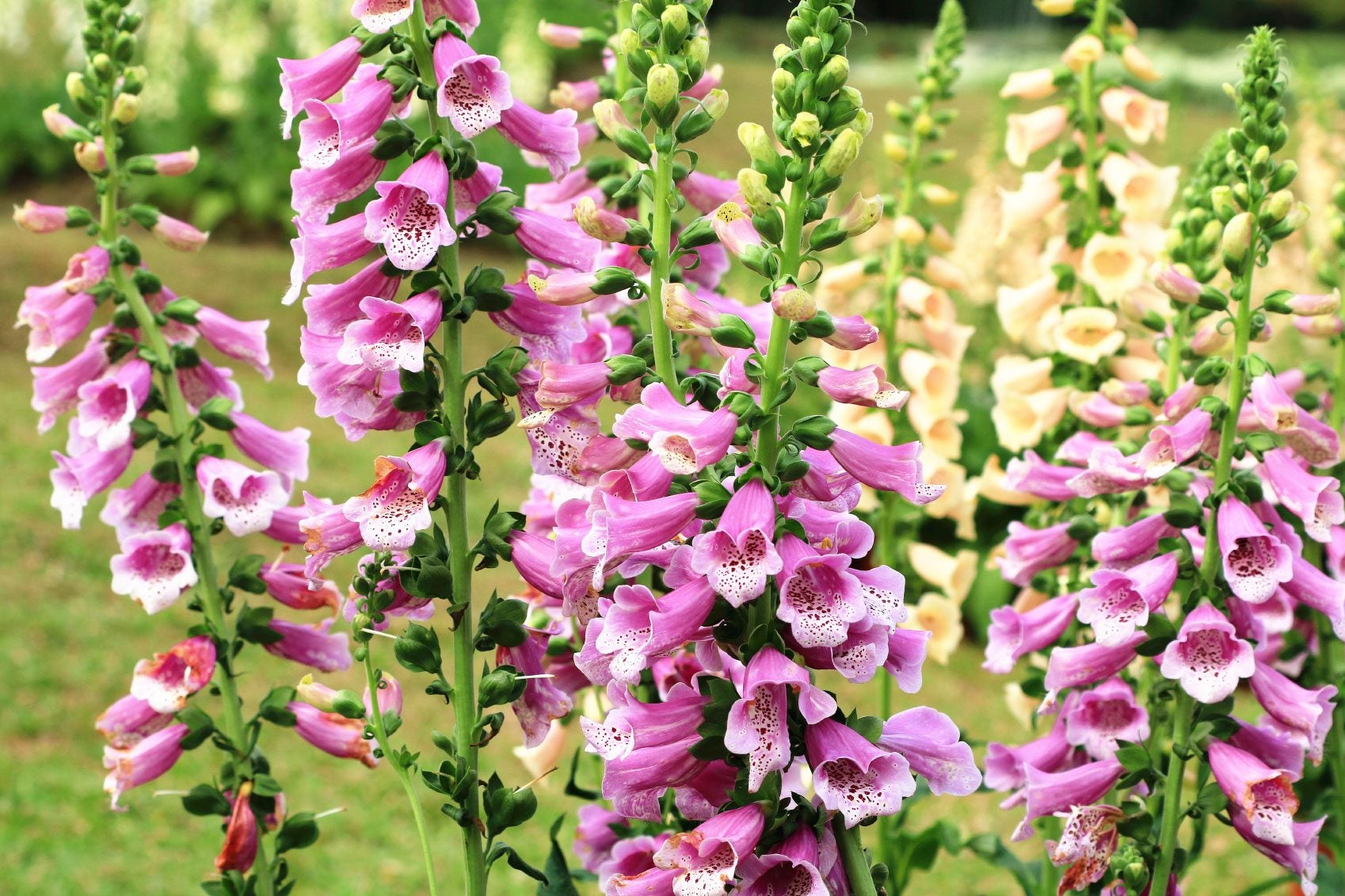 Foxglove Care Guide: How To Grow Foxglove Flowers
Foxglove Care Guide: How To Grow Foxglove FlowersThe foxglove flower, while toxic, is a beautiful stately ornamental addition to any garden and an easy-growing self-seeding plant. Just don’t ingest it or grow it where children or pets might play.
By Becca Badgett